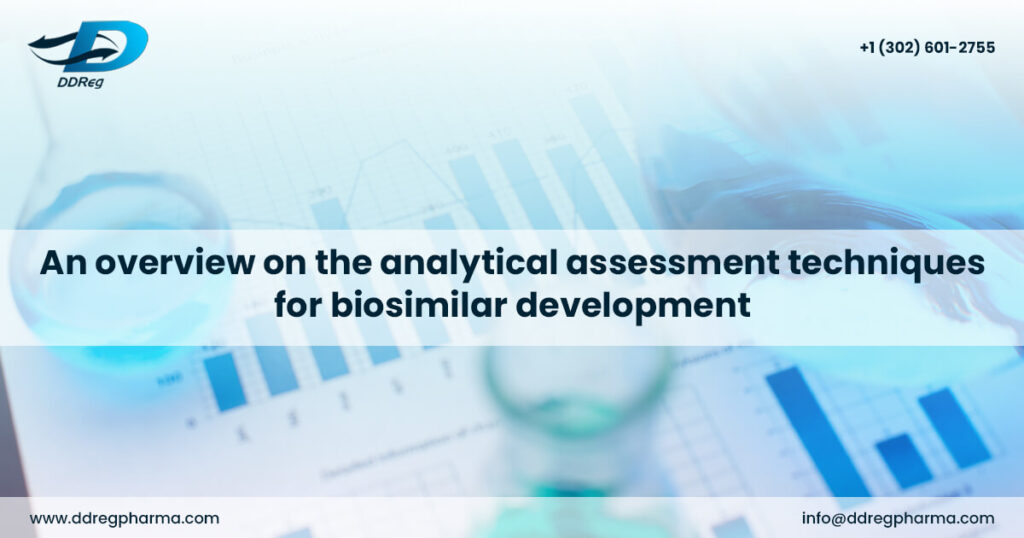[1] Nupur N, Joshi S, Guillarme D, Rathore AS. Analytical similarity assessment of biosimilars: Global regulatory landscape, recent studies and major advancements in orthogonal platforms. Frontiers in bioengineering and biotechnology. 2022 Feb 9:36.
[2] US FDA. Development of Therapeutic Protein Biosimilars: Comparative Analytical Assessment and Other Quality-Related Considerations Guidance for Industry. 2019
[3] Seo N, Polozova A, Zhang M, Yates Z, Cao S, Li H, Kuhns S, Maher G, McBride HJ, Liu J. Analytical and functional similarity of Amgen biosimilar ABP 215 to bevacizumab. InMAbs 2018 May 19 (Vol. 10, No. 4, pp. 678-691). Taylor & Francis.
[4] Saleem R, Cantin G, Wikström M, Bolton G, Kuhns S, McBride HJ, Liu J. Analytical and functional similarity assessment of ABP 710, a biosimilar to infliximab reference product. Pharmaceutical research. 2020 Jun;37(6):1-23.
[5] Hermosilla J, Sánchez-Martín R, Pérez-Robles R, Salmerón-García A, Casares S, Cabeza J, Cuadros-Rodríguez L, Navas N. Comparative stability studies of different infliximab and biosimilar CT-P13 clinical solutions by combined use of physicochemical analytical techniques and enzyme-linked immunosorbent assay (ELISA). BioDrugs. 2019 Apr;33(2):193-205.
[6] Deechongkit S, Aoki KH, Park SS, Kerwin BA. Biophysical comparability of the same protein from different manufacturers: A case study using Epoetin alfa from Epogen® and Eprex®. Journal of pharmaceutical sciences. 2006 Sep 1;95(9):1931-43.
[7] Skrlin A, Radic I, Vuletic M, Schwinke D, Runac D, Kusalic T, Paskvan I, Krsic M, Bratos M, Marinc S. Comparison of the physicochemical properties of a biosimilar filgrastim with those of reference filgrastim. Biologicals. 2010 Sep 1;38(5):557-66.
[8] US FDA. FDA withdraws draft guidance for industry: statistical approaches to evaluate analytical similarity. 2018

